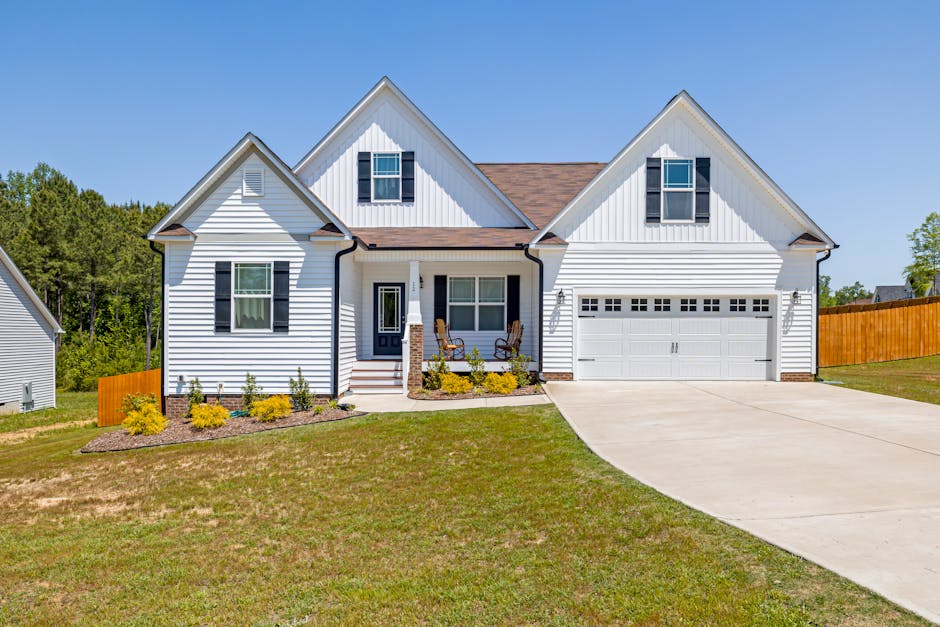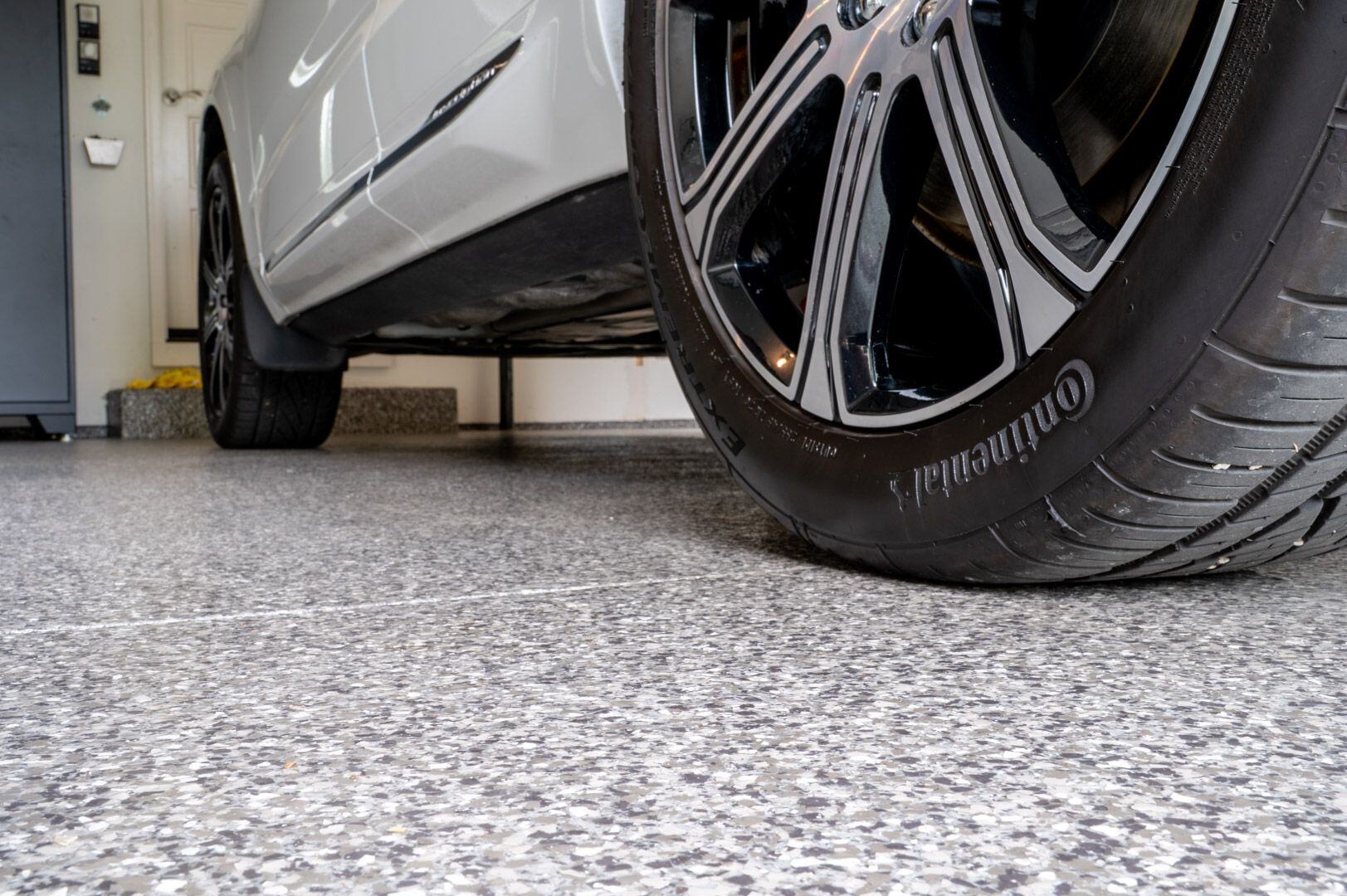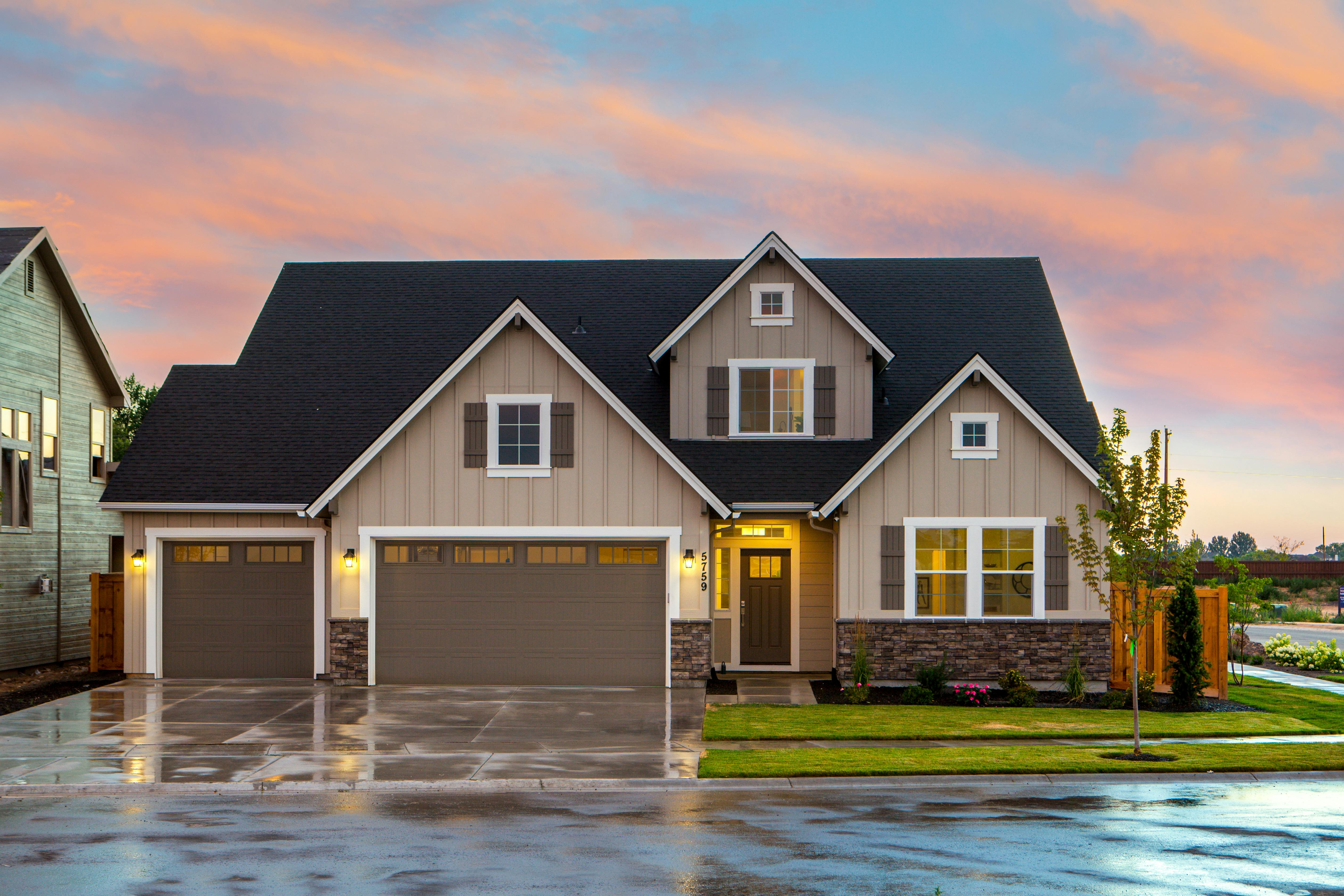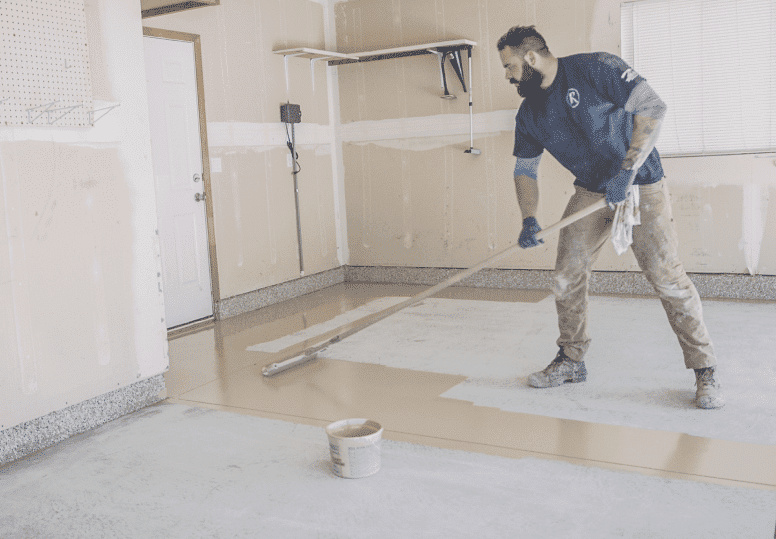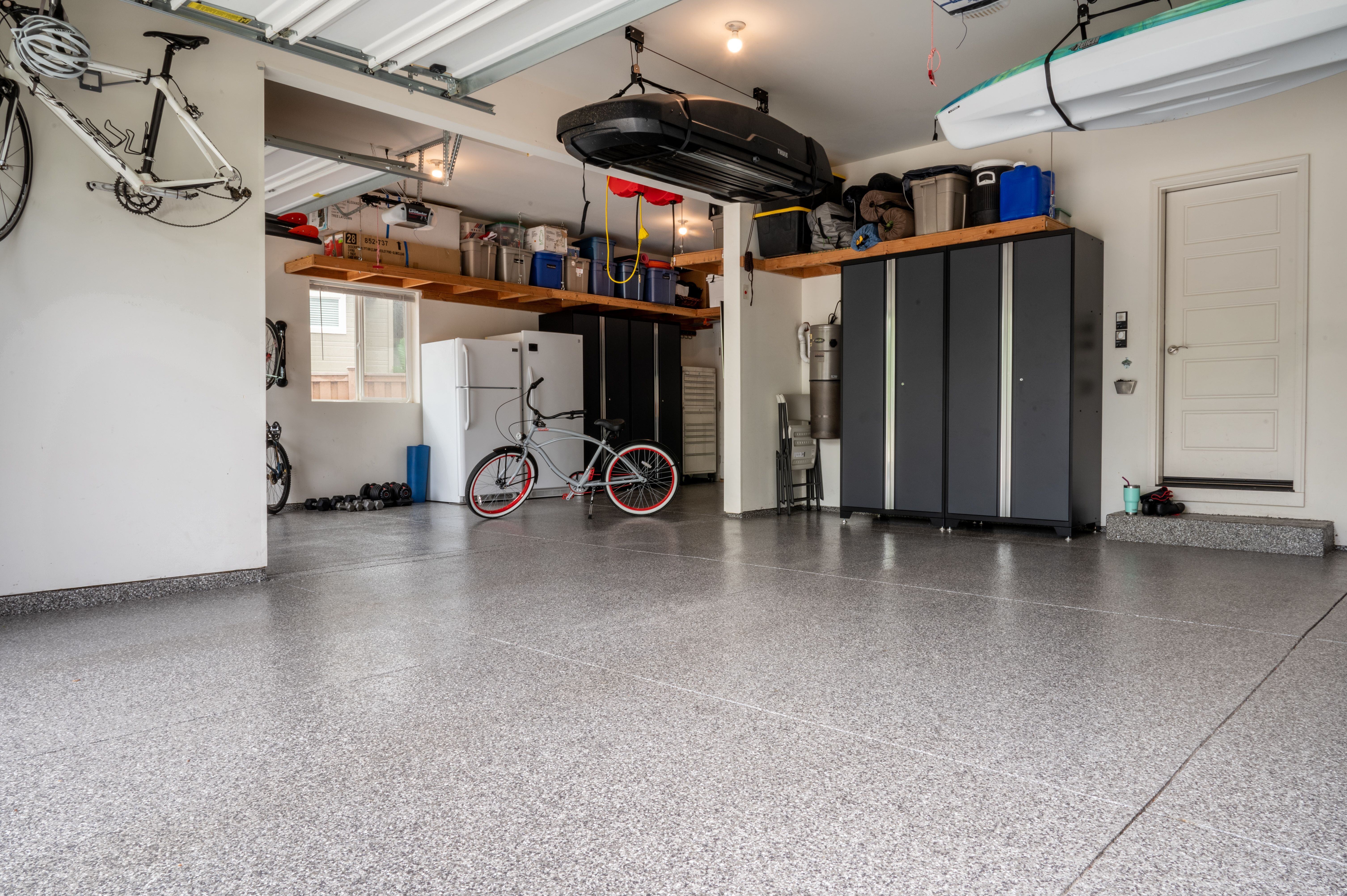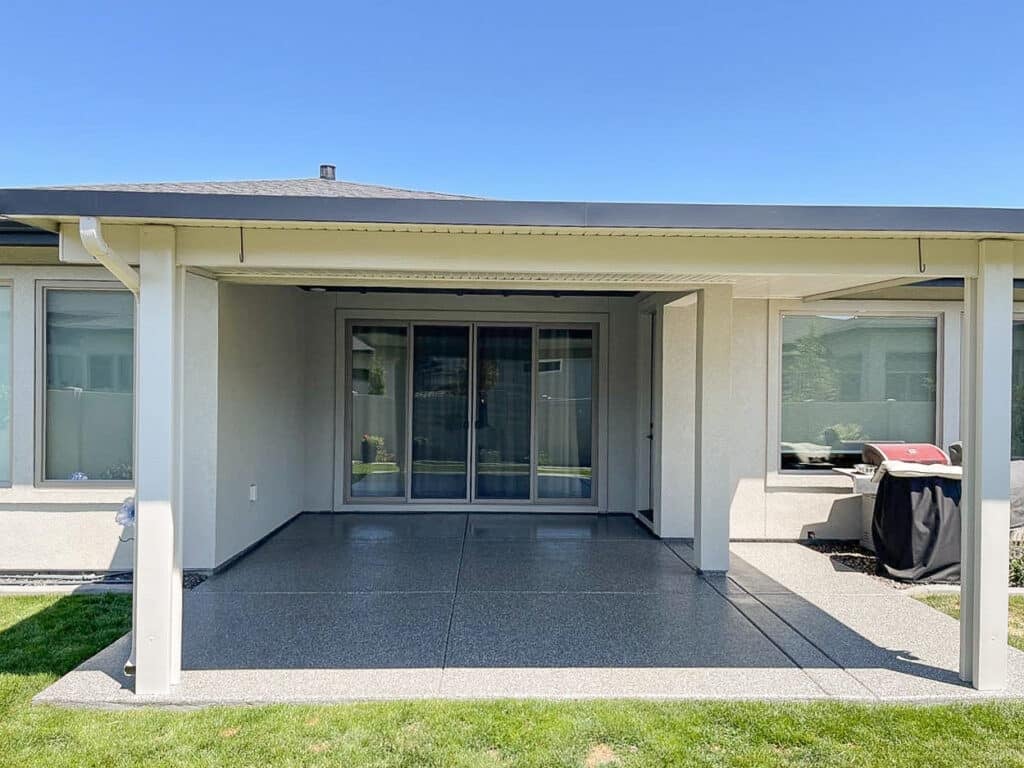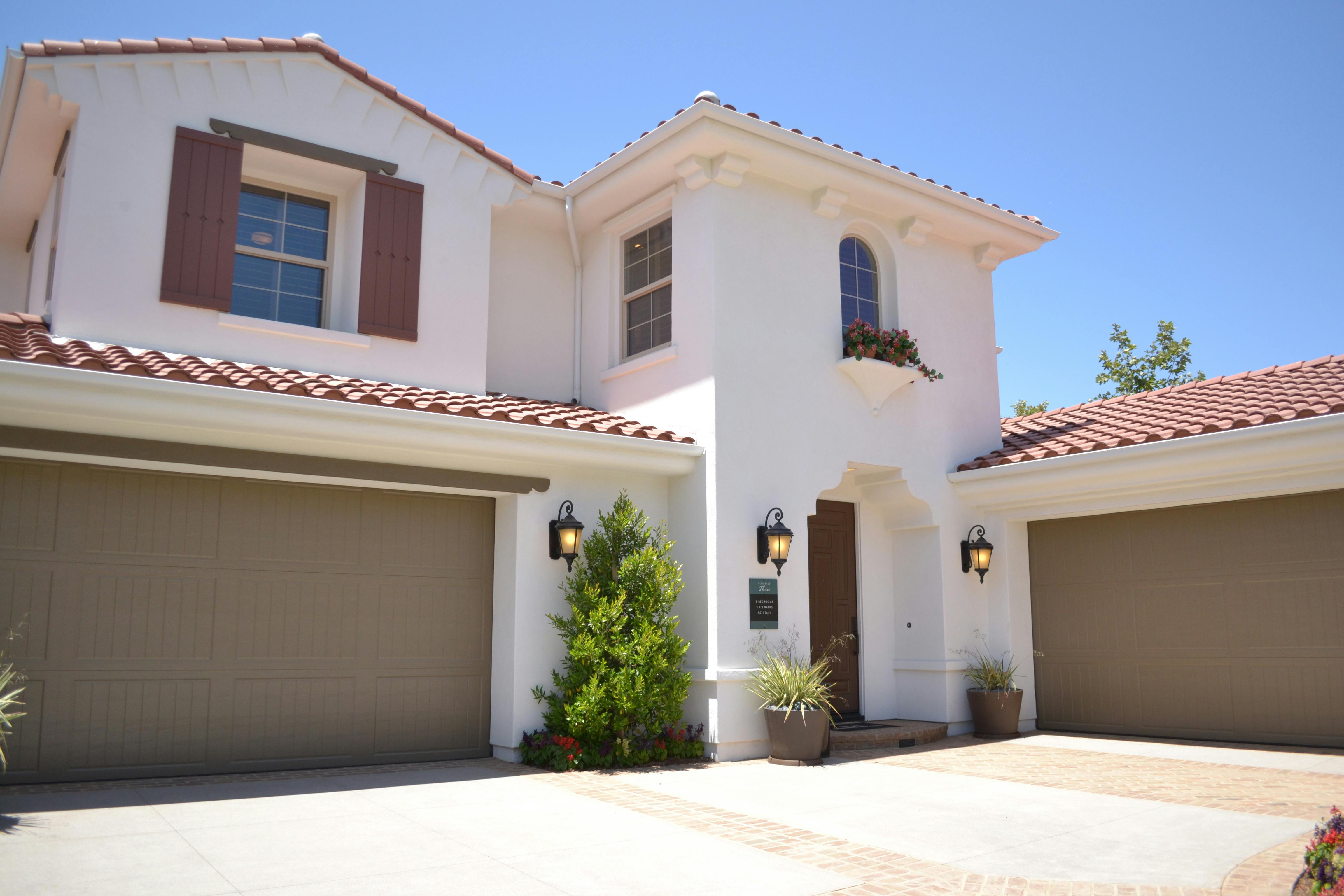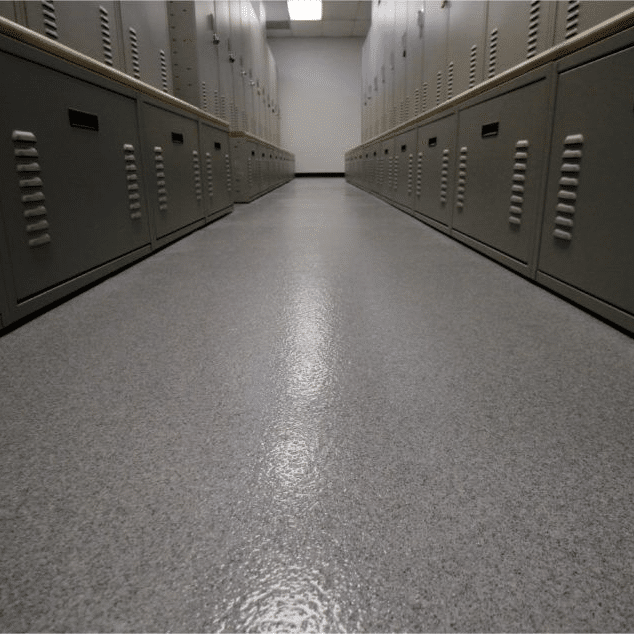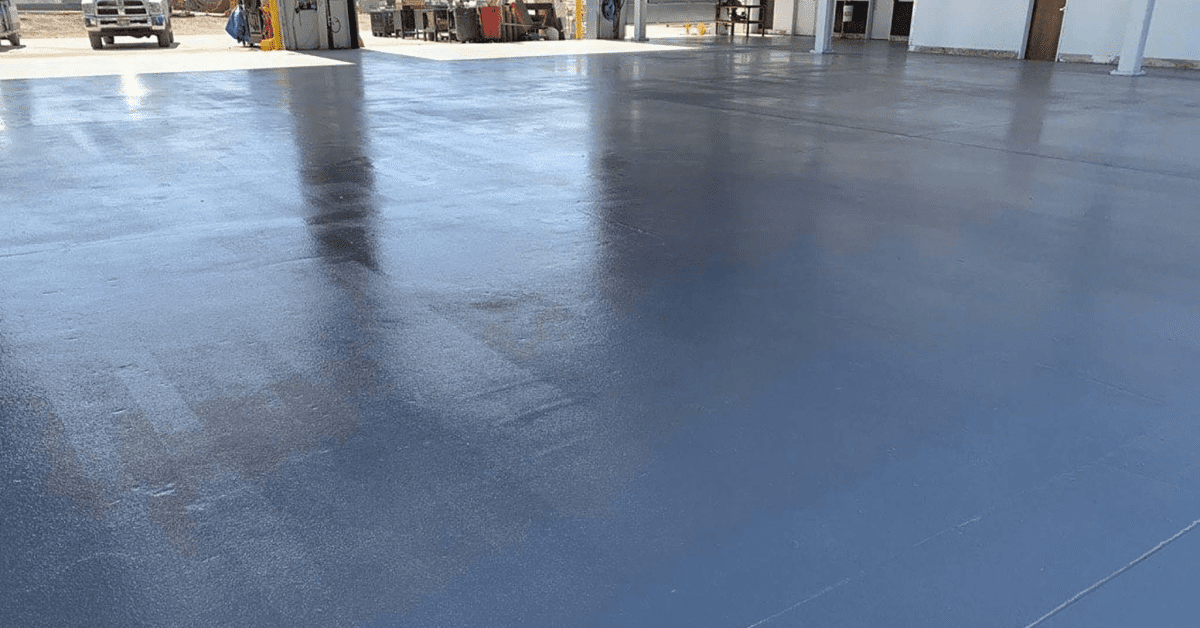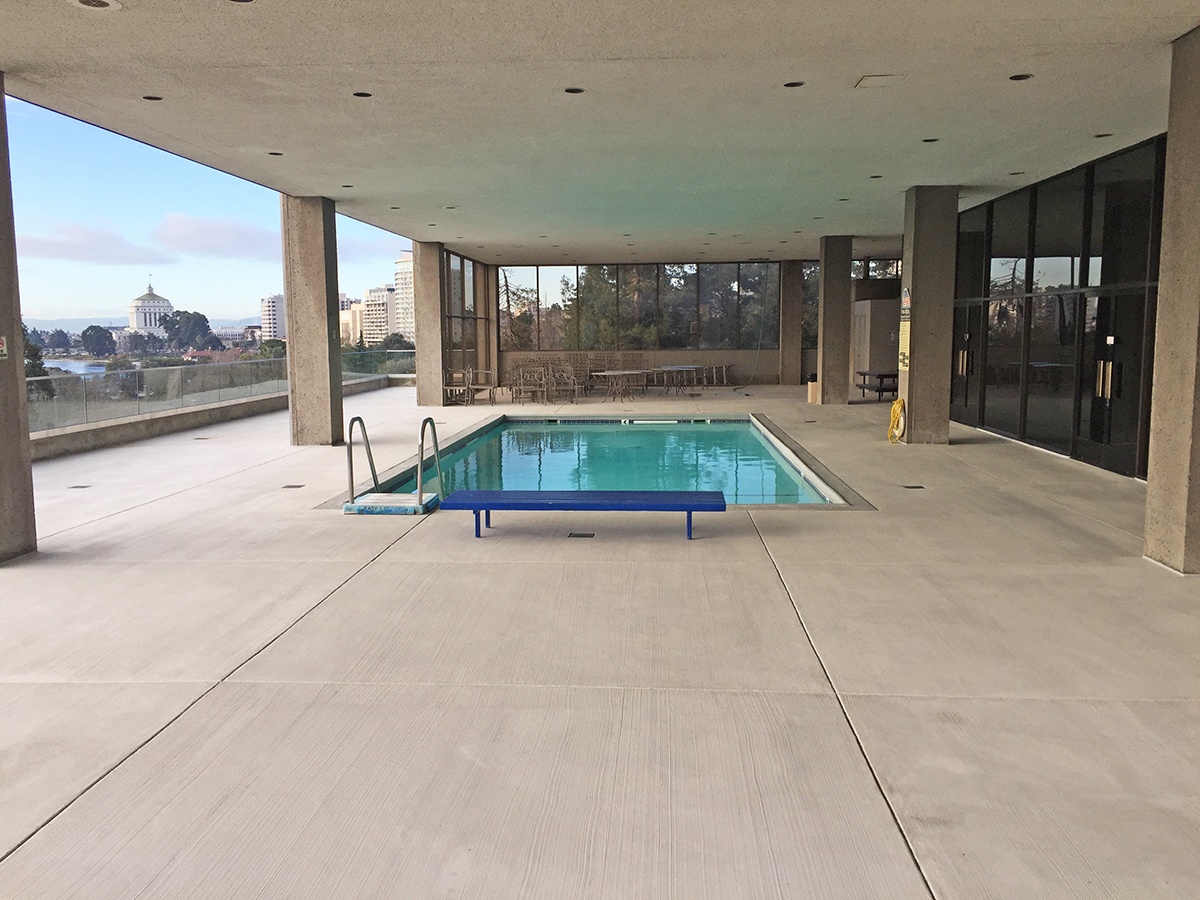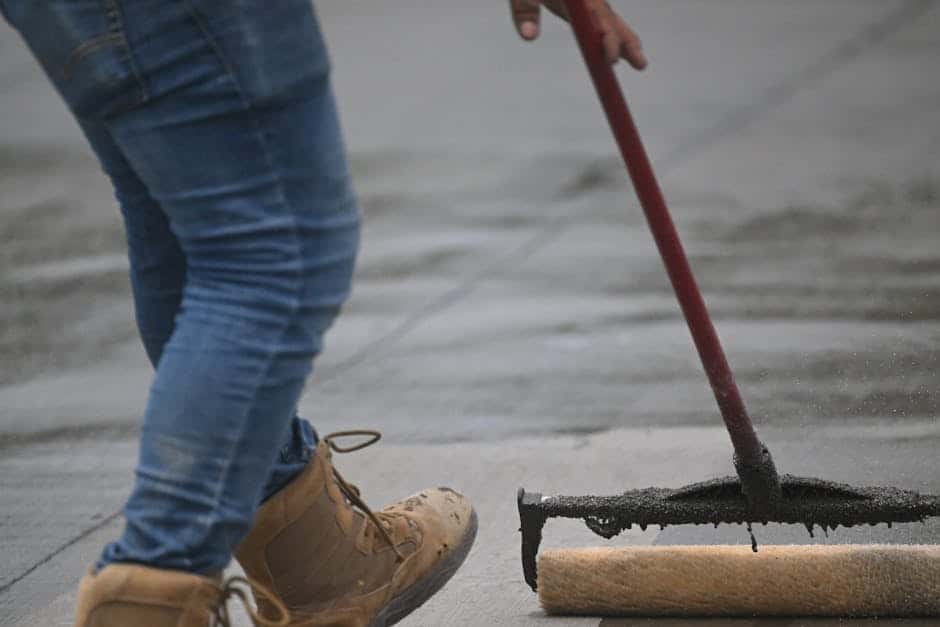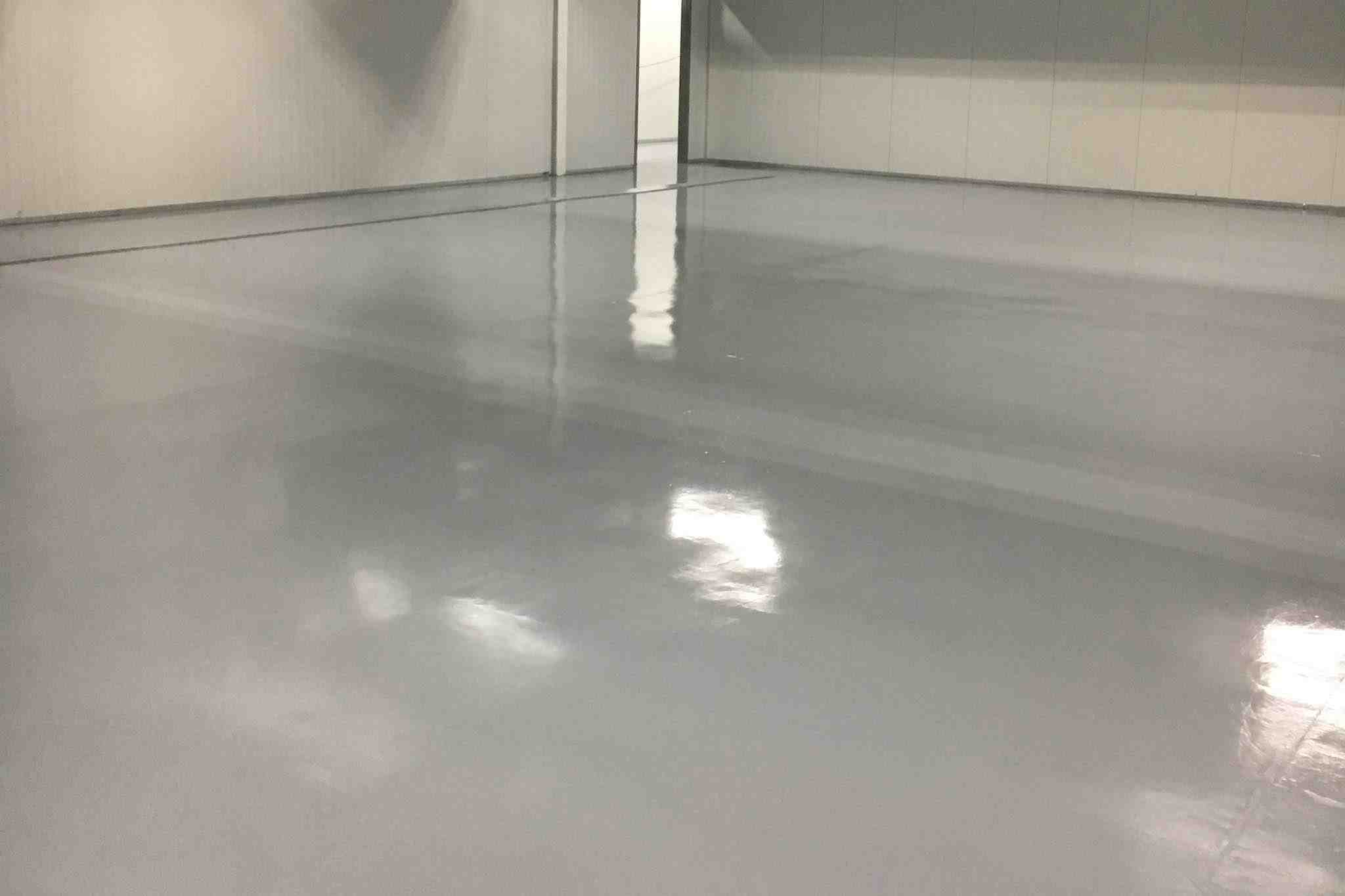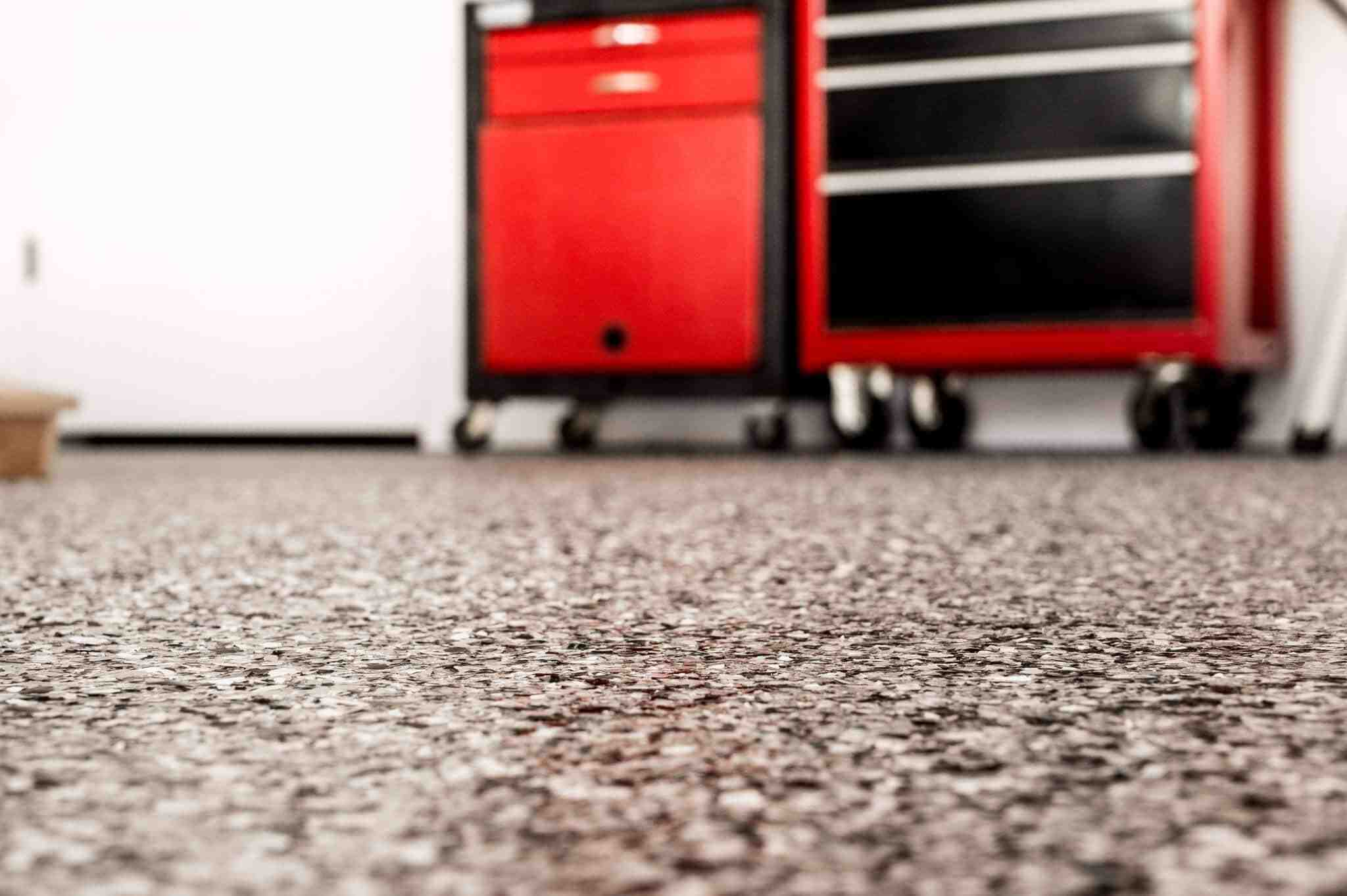Guarding Against Moisture: A Comprehensive Guide to Concrete Waterproofing
June 6th, 2024
6 min read
By Jud Masters
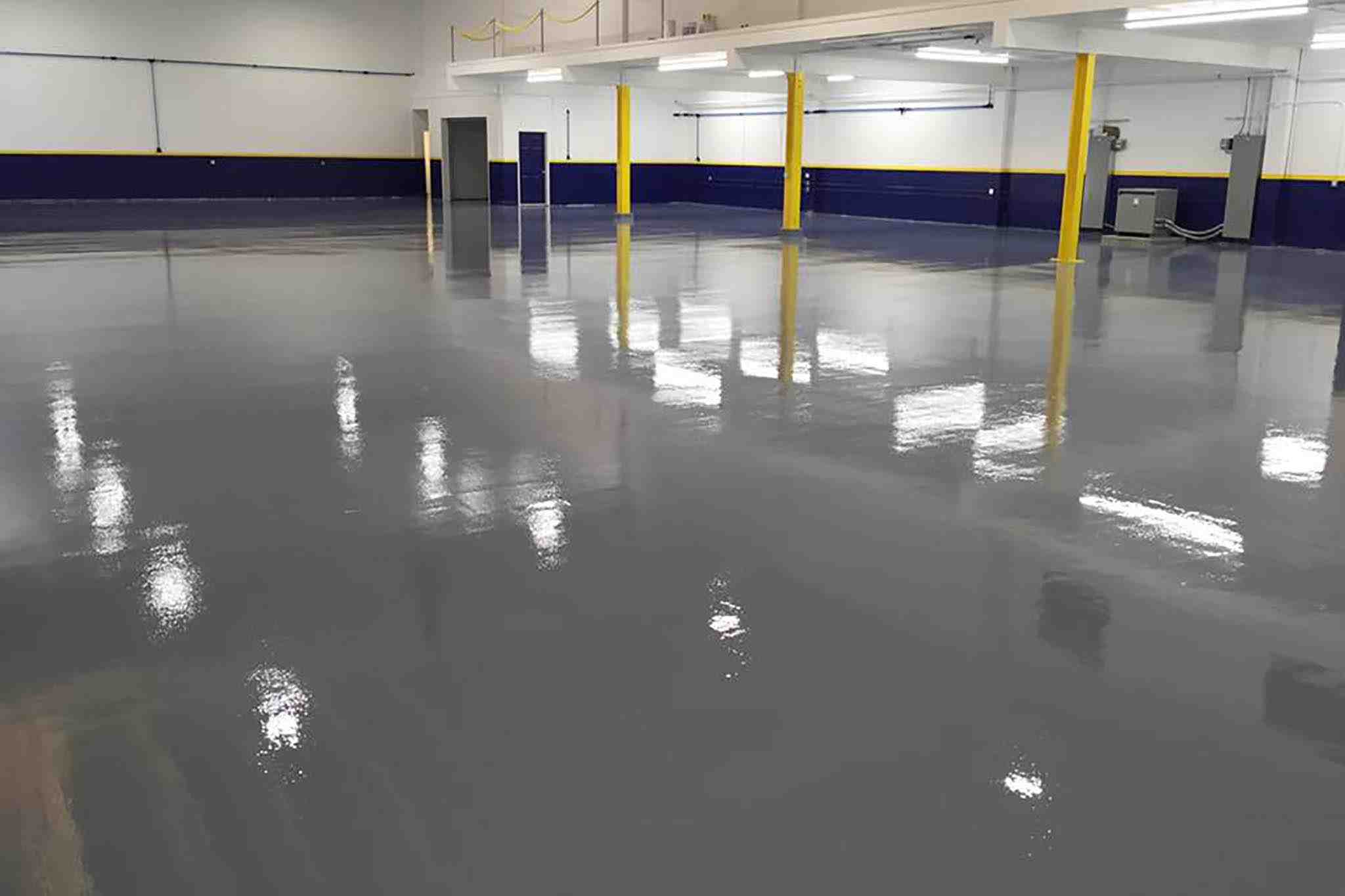
Moisture is a silent enemy to concrete. Left unchecked, it can lead to cracks, spalling, corrosion of reinforcement, mold growth, and expensive structural repairs. Whether you're managing a parking garage, a food processing plant, a hospital basement, or a school exterior, waterproofing concrete isn’t optional. It’s essential for protecting your investment and ensuring long-term durability.
At Roe Painting, we’ve witnessed firsthand how even high-quality concrete can deteriorate when moisture finds a way in. Through proven sealants, membranes, and coatings, we help clients in Idaho and northern Nevada stop water damage before it starts.
In this guide, we’ll explore:
-
Why conventional “seal and forget” approaches often fail
-
The most effective waterproofing technologies and when to use them
-
Critical steps for surface prep, application, and maintenance
-
How to choose a system that balances cost, performance, and longevity
By the end, you’ll understand not just what options are out there — but which strategies make sense for your specific challenges and how to avoid common pitfalls.
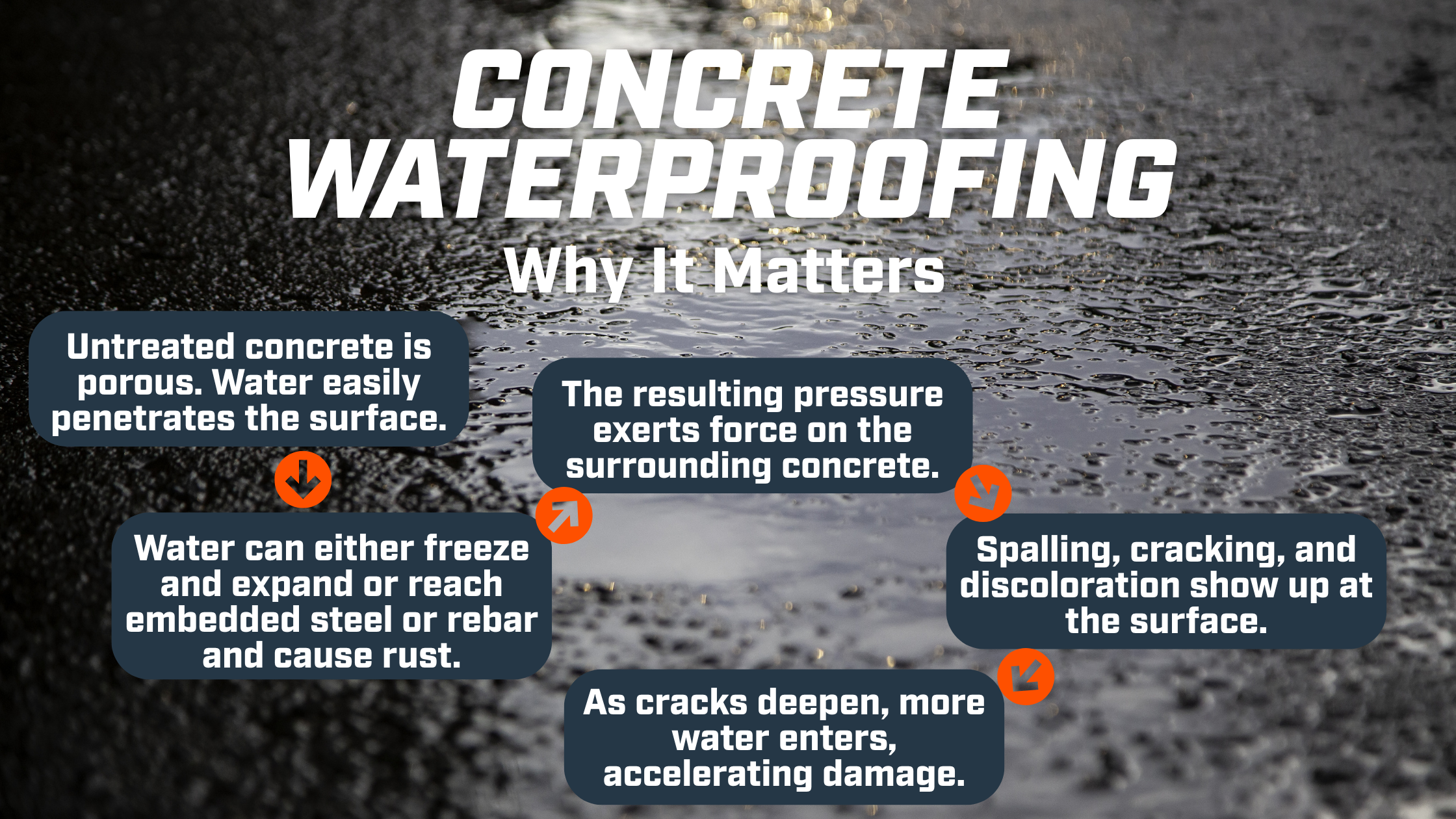
Understanding Concrete Waterproofing
Concrete waterproofing is essential to protect structures from water damage. This section explores the key materials, techniques, and durability factors involved in effective waterproofing.
Materials
Several materials are used in concrete waterproofing:
- Polyurethane: Known for its flexibility and durability, polyurethane is excellent for areas prone to movement or vibration. It creates a seamless barrier that resists water penetration. Great for spaces like parking decks (parking deck, walking deck)
- Acrylic and Epoxy Sealers: These film-forming sealers provide a protective layer on the concrete surface. Acrylic sealers are UV-resistant and quick-drying, while epoxy sealers are highly durable and resistant to chemicals and are best for indoors.
- Cementitious Products: These include hydraulic cement and polymer-modified coatings, like NewCrete. They are easy to apply and bond well with concrete, providing a rust-resistant and waterproof barrier.
- Crystalline Technology: Crystalline technology creates a waterproof barrier by reacting with water to form crystals that block pores and cracks.
Techniques
Concrete waterproofing involves various techniques to ensure maximum protection:
- Surface Preparation: Clean the surface thoroughly to remove dirt, grease, and debris. Repair any cracks or holes to create a smooth, uniform surface.
- Priming: Apply a primer to enhance the adhesion of the waterproofing material. This step is crucial for the longevity of the waterproofing layer.
- Application: Use the appropriate tools, such as brushes, rollers, or spray equipment, to apply the waterproofing material. Apply in thin, even layers to prevent streaking and ensure full coverage.
- Detailing: Pay special attention to corners, edges, and joints. Use reinforcing fabrics or tapes, like PERMINATOR TAPE, to strengthen these areas.
- Curing: Allow the waterproofing material to cure as per the manufacturer’s instructions. Proper curing is essential for the material to achieve its full waterproofing potential.
Durability
The durability of concrete waterproofing depends on several factors:
- Material Quality: High-quality materials, like polyurethane, offer superior durability and long-lasting protection.
- Environmental Conditions: Waterproofing materials must withstand environmental stresses. For example, polyurethane is excellent for areas with temperature fluctuations due to its flexibility.
- Maintenance: Regular inspection and maintenance can prolong the life of the waterproofing layer. Address any damage or wear promptly to maintain effectiveness.
By understanding the materials, techniques, and factors affecting durability, you can ensure your concrete structures remain protected from water damage. Next, we’ll explore best practices for waterproofing concrete to maximize its performance and longevity.
Types of Concrete Waterproofing Products
When it comes to concrete waterproofing, there are various products to choose from. Each type offers unique benefits to meet different needs. Let’s look at the most common ones: Polyurethane Treatments, Film-Forming Sealers, and Cementitious Waterproofing.
Polyurethane Treatment
Polyurethane is a popular choice due to its flexibility and durability. This treatment forms a seamless, waterproof barrier over the concrete surface.
- Flexibility: Polyurethane can stretch and contract with the concrete, reducing the risk of cracks.
- Durability: It offers excellent resistance to chemicals, abrasion, and UV rays. This makes it ideal for both indoor and outdoor applications.
- Aesthetics: Hardly visible, but pigmented gray or tan. Not ideal for spaces where aesthetics are important.
Polyurethane treatments are perfect for areas exposed to dynamic conditions, such as driveways and patios.
Film-Forming Sealers
Film-forming sealers, like acrylic and epoxy, create a protective layer on the surface of the concrete.
- Acrylic Sealers: These are easy to apply and can provide a clear, glossy finish. Acrylic sealers are UV-resistant, making them suitable for outdoor use. However, they are less durable compared to other options and may need more frequent reapplication.
- Epoxy Sealers: Epoxy is known for its high durability and resistance to wear and tear. It’s perfect for high-traffic areas like garages and basements. However, epoxy can yellow or fade when exposed to sunlight, so it’s best for indoor use.
- Aesthetics: Both epoxy and acrylic can be adjusted for color and gloss level.
Film-forming sealers are great for enhancing the appearance of concrete while providing a protective layer.
Cementitious Waterproofing
Cementitious waterproofing involves using hydraulic cement and polymer resin to create a waterproof barrier. We choose products depending on the condition of the underlying concrete (NewCrete or MaCoat) or ALX for concrete deck coatings.
- Hydraulic Cement: This type of cement expands as it sets, filling cracks and voids in the concrete. It’s ideal for patching and waterproofing basements. It doesn't shrink the way regular concrete does.
- Polymer Resin: Adding polymer resins to cementitious mixtures improves their flexibility and adhesion. This makes them more effective at sealing and waterproofing. (too complicated and not really necessary)
- Aesthetics: Looks like concrete.
Cementitious products are often used in basements and other below-grade applications where moisture is a significant concern.
By understanding the different types of concrete waterproofing products, you can select the best one for your specific needs. Next, we’ll explore how to waterproof various concrete structures, such as basements, driveways, and patios.
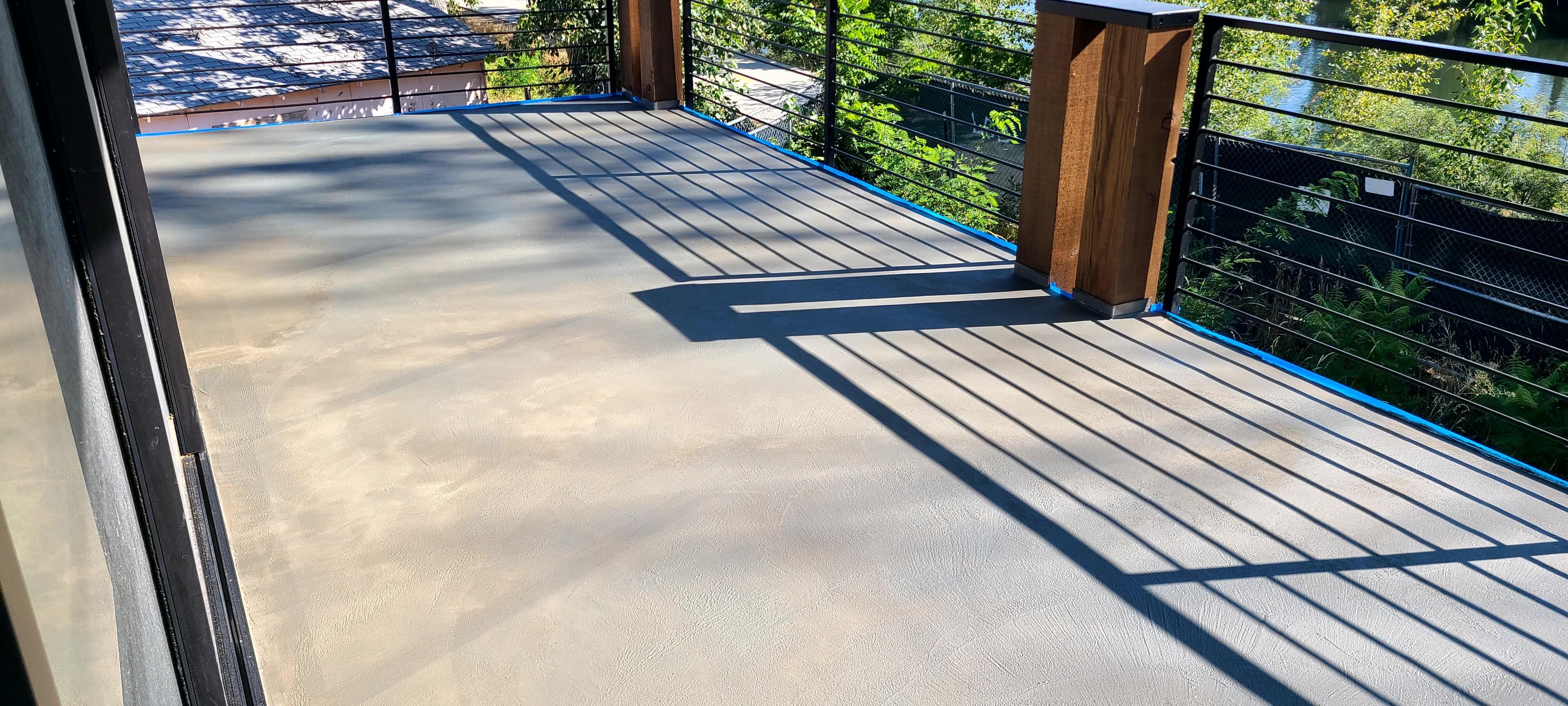
Concrete Waterproofing for Different Structures
Basement Waterproofing
Basements are notorious for moisture issues due to their below-ground location. Effective concrete waterproofing in basements involves multiple methods and materials to ensure long-lasting protection.
Applications for the interior and exterior side of the wall that can be applied before or after construction is complete.
Floors: moisture vapor primer blocks water from evaporating up. Use under another system or flooring type.
Hydraulic Cement: This is a go-to material for sealing cracks and holes in concrete walls and floors. It sets quickly and expands as it cures, making it effective at blocking water.
Crystalline Technology: Use this technology to create a barrier within the concrete. When water comes into contact with the treated surface, it activates the material to form crystals that fill the cracks and pores, essentially sealing the concrete from within. This method is particularly useful for dealing with hydrostatic pressure and ensuring long-term waterproofing. Mostly vertical surfaces.
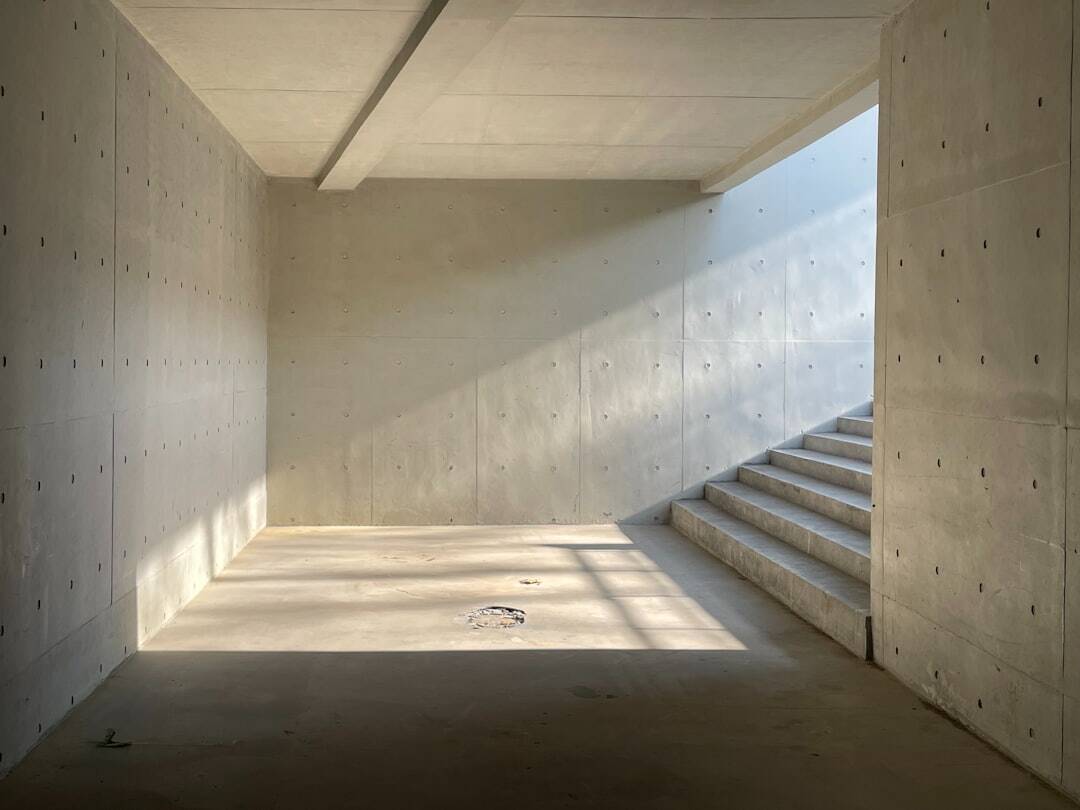
Driveway Sealers
Driveways are constantly exposed to weather, vehicle traffic, and potentially harmful chemicals. Proper sealing can extend the life of your driveway and keep it looking new.
Water-Based Acrylic Sealer: These sealers are easy to apply and environmentally friendly. They penetrate the concrete surface to provide a protective barrier against water, oil, and other contaminants. They are ideal for quick applications and offer good protection for moderate traffic areas. They will not change the appearance of the concrete—imperfections and stains will remain.
Polymer-modified: (NewCrete/MaCoat). These sealers are more robust and durable. They incorporate polymers that enhance the flexibility and adhesion of the sealer, making it more effective at resisting cracking and peeling. This type of sealer is excellent for driveways that experience heavy traffic and harsh weather conditions.
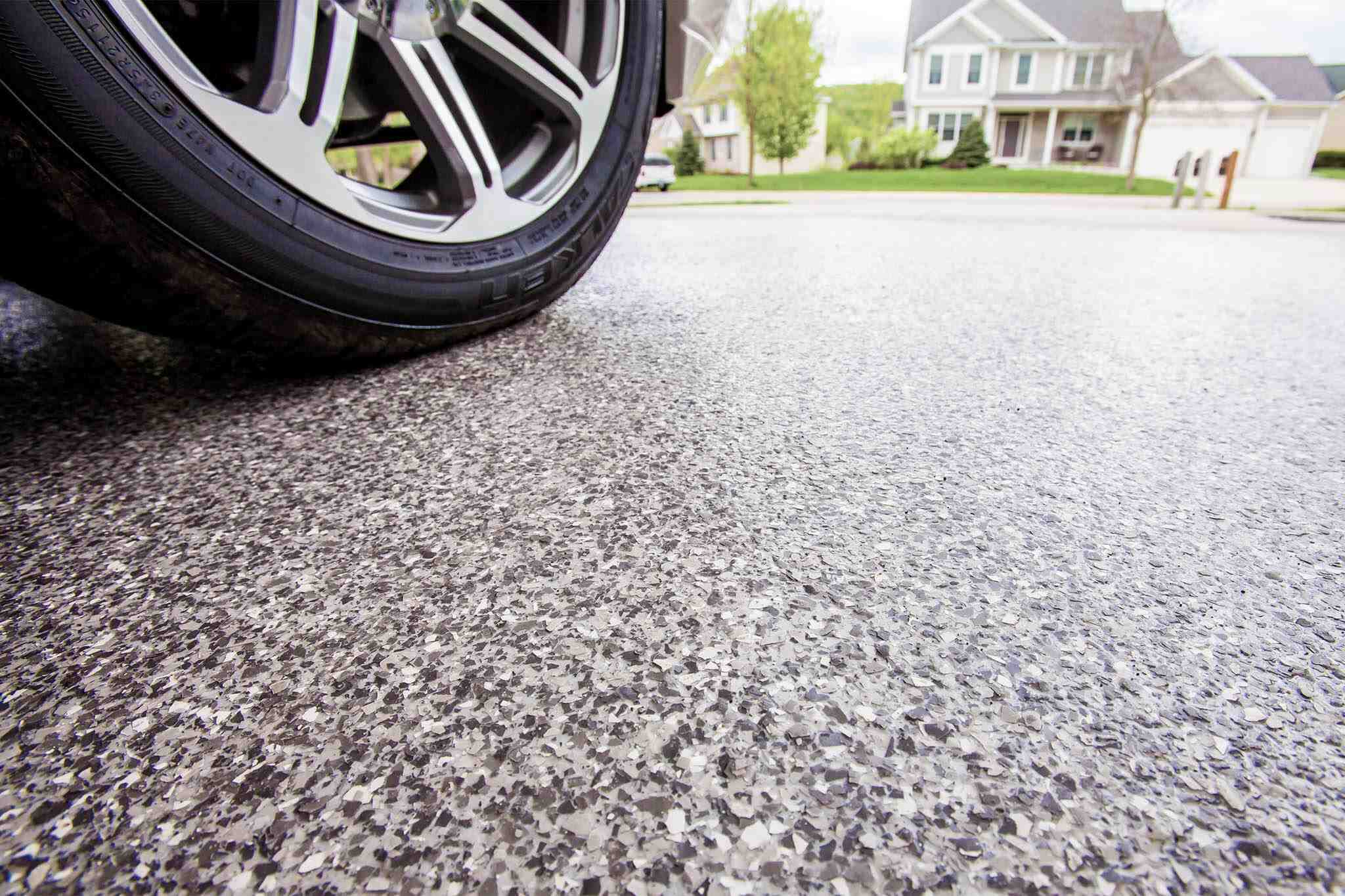
Patio and Deck Waterproofing
Patios and decks are exposed to the elements and require effective waterproofing to maintain their appearance and functionality.
Bitumen: This material is highly effective for waterproofing outdoor areas. Bitumen-based products form a waterproof layer that protects against moisture ingress. They are often used in combination with other materials for enhanced durability. Not UV stable.
Additional Options: 11/10, ALX, MaCoat, NewCrete, or Polyurethane with flake or quartz broadcast aesthetic option
By understanding the specific needs of different structures, you can choose the right waterproofing method to ensure long-lasting protection. Next, we’ll delve into some frequently asked questions about concrete waterproofing to clear up any remaining doubts.
Frequently Asked Questions about Concrete Waterproofing
What is the best waterproofing for concrete?
The best waterproofing for concrete depends on the specific application and environmental conditions. Polyurethane is a popular choice due to its flexibility and durability.
Polyurethane: Known for its excellent flexibility and resistance to chemicals, polyurethane creates a durable, waterproof barrier. It is ideal for surfaces, decks, walkways, patios, and other areas where flexibility is essential.
How much does concrete waterproofing cost?
It will vary greatly depending on the system you choose. The longevity of your system may also vary based on the price of the system.
- $5-$20 per square foot (acrylic to ALX)
- Penetrating sealers are the cheapest
- 5-20 years (20-year warranty on ALX pro system)
Understanding these methods and materials will help you choose the best waterproofing solution for your concrete surfaces. In the next section, we’ll explore the different types of products available for concrete waterproofing.
Protecting Your Concrete Ensures It Will Last
Concrete waterproofing is essential for protecting your investment and ensuring the long-term durability of your structures. Whether you’re dealing with basements, driveways, or patios, choosing the right waterproofing method can save you from costly repairs and potential structural damage.
At Roe Painting, we understand the importance of quality and reliability in concrete waterproofing. With our comprehensive range of concrete coatings and waterproofing solutions, we provide the protection your property needs against moisture and the harsh Idaho climate. Our expert team is dedicated to delivering long-lasting results that not only safeguard your investment but also enhance the aesthetic appeal of your surfaces.
For more information on how Roe Painting can help protect your concrete surfaces, visit our Concrete Coatings page or contact us to schedule a free estimate.
Jud has been with Roe Painting since 2017 and in the painting industry as a whole since 1999. He has a passion for estimating and selling a wide variety of painting projects. As the son of two teachers, he loves to educate his customers on what they should expect in a proper paint job. As VP of Sales, he enjoys developing estimating programs and teaching and coaching his sales team to deliver a confident contracting experience for every customer.
Topics:
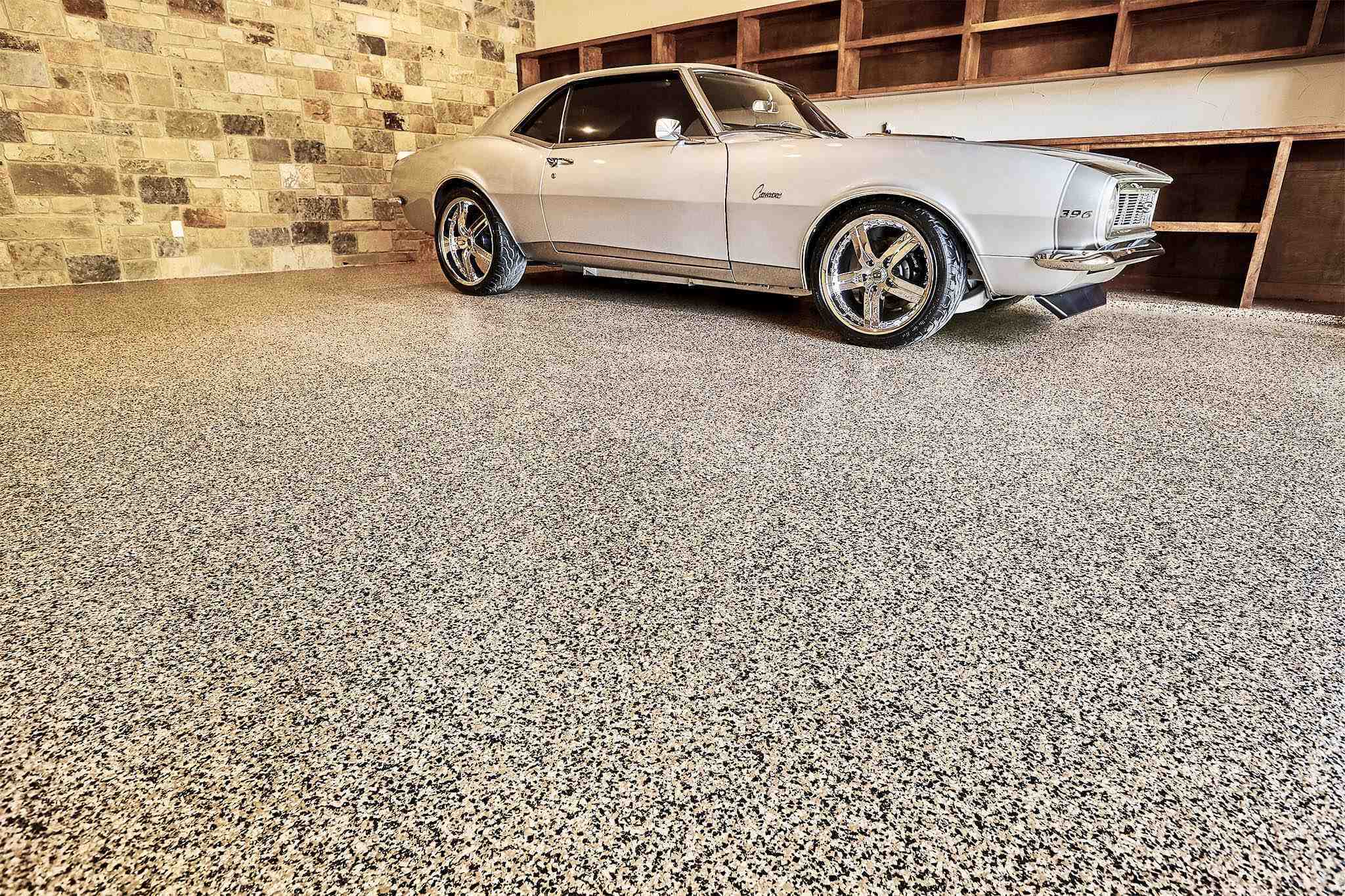
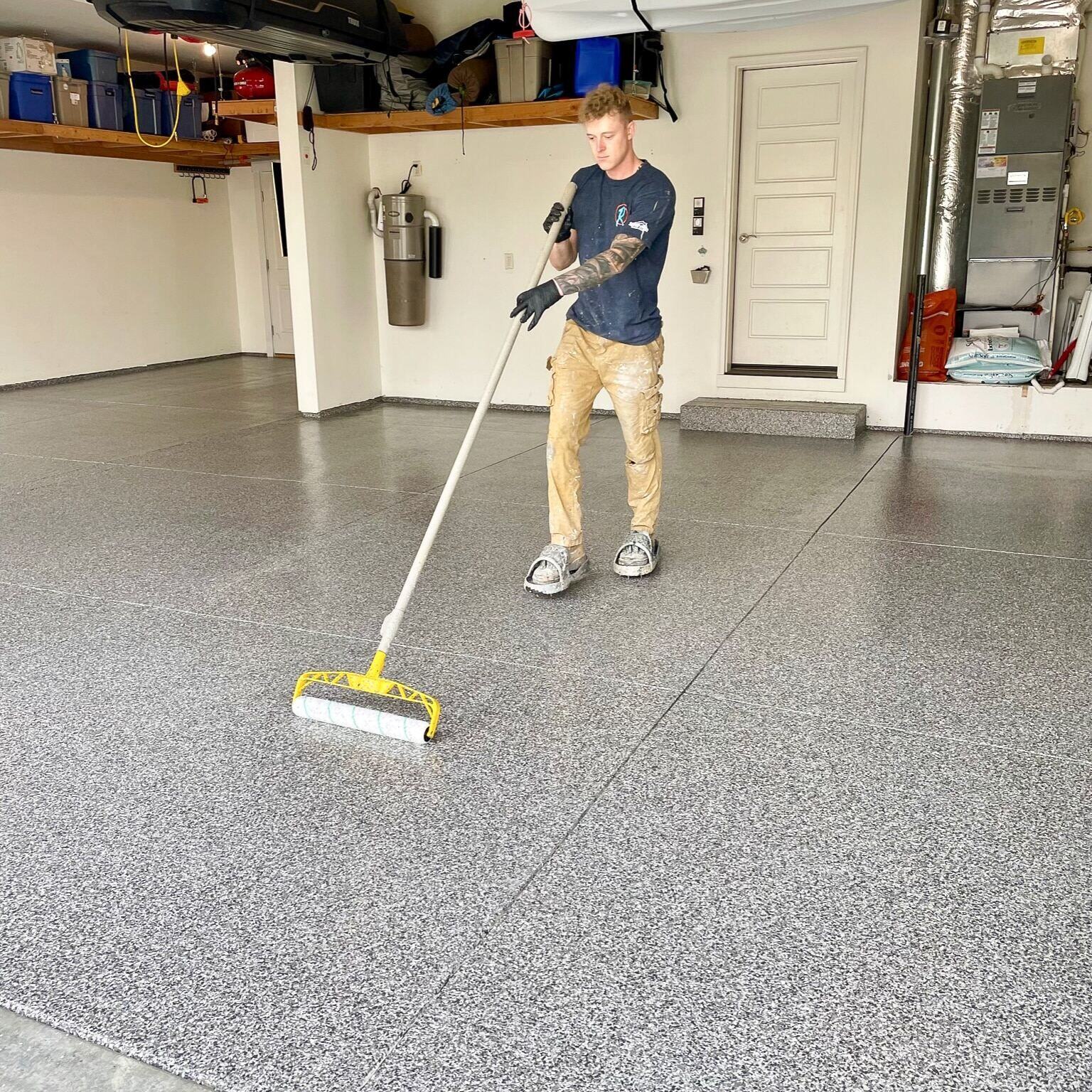
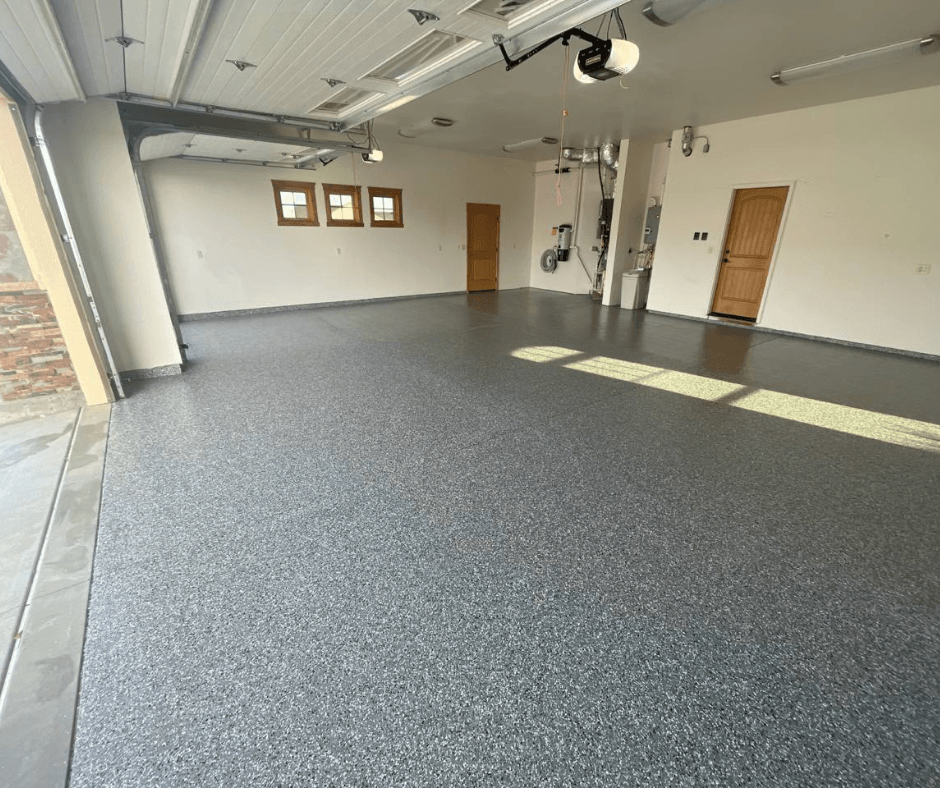

.jpg?width=750&height=1000&name=image001%20(1).jpg)
